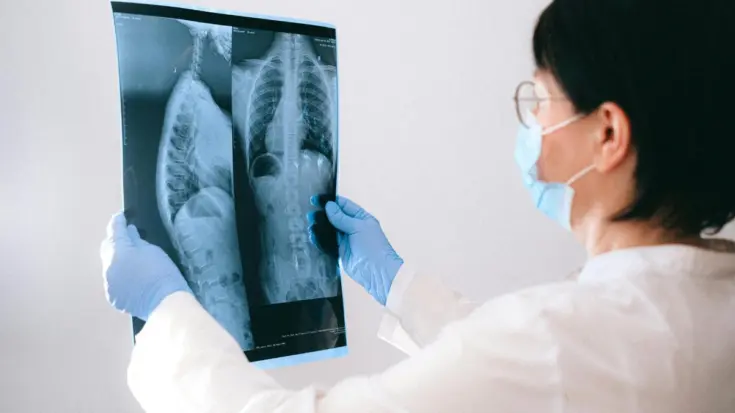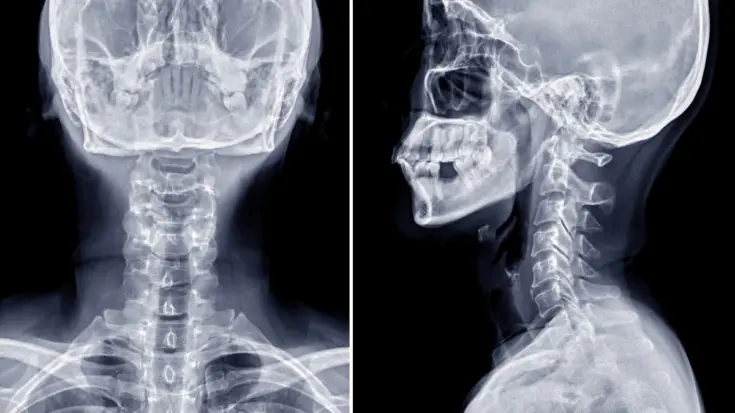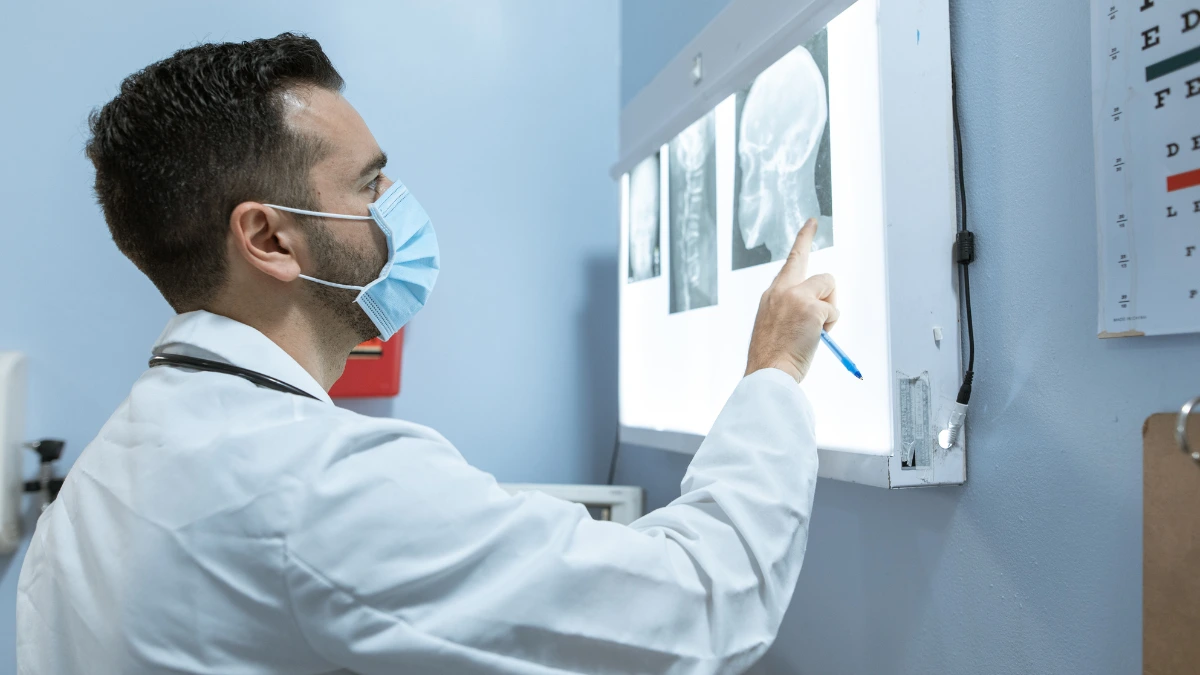From the many benefits provided by X-ray detectors, this tool is used by many sectors, one of which is the industry. X-ray detector for research are used in various fields such as physics, chemistry, materials science, and medicine.
X-ray detector for research functions include X-ray diffraction, Scanning Electron Microscopy (SEM), and Transmission Electron Microscopy (TEM). The benefits of this device include non-destructive testing, technology development, analysis of material structure, and analysis of chemical composition.
This article will further inform you about X-ray detector for research, including their definition, functions, applications, and benefits.
Also Read
Table of Contents
What is an X-Ray Detector for Research?

X-ray detectors for research are used in various fields such as physics, chemistry, materials science, and medicine. With this device, researchers can study the structure, composition, and properties of materials and other objects.
The Functions of X-Ray Detector for Research
X-ray detector for research use have several functions, from X-ray diffraction to Scanning Electron Microscopy (SEM) and Transmission Electron Microscopy (TEM). Here are some of its functions:
- X-ray diffraction: Analyzing X-ray diffraction patterns to determine the crystal structure of materials.
- X-ray Fluorescence Spectroscopy (XRF): Identifying elements in a sample by analyzing X-ray fluorescence emissions.
- Scanning Electron Microscopy (SEM) and Transmission Electron Microscopy (TEM): Using EDS detectors to analyze chemical composition at the micro scale.
The Application of X-Ray Detector for Research

With many functions provided by X-ray detectors, this tool is applied for material structure analysis, new material development, and technology development. The following are examples of the application of X-ray detector for research:
- Material structure analysis: Detecting the atomic structure in crystalline materials using X-ray diffraction.
- Chemical composition analysis: Identifying elements in samples using XRF or EDS.
- New material development: Assisting in new material research by analyzing their structure and composition.
- Medical research: Assisting in disease diagnosis and therapy monitoring.
- Technology development: Assisting in the development of new technologies such as semiconductor devices.
The Benefits of X-Ray Detector for Research

X-ray detector for research use have several advantages, from non-destructive testing, technology development, analysis of material structure, and analysis of chemical composition. Here are some of its main advantages:
Non-destructive testing
One of the benefits of X-ray detectors for research is that they enable non-destructive testing. With this device, researchers can study the structure and composition of materials in valuable objects, ancient artifacts, or biological samples without damaging the samples.
Technology development
X-ray detectors for research are used to develop X-ray technology itself. Researchers can conduct research to drive innovations such as more sensitive detectors, better imaging systems, and more efficient analysis methods.
Analysis of material structure and chemical composition
X-ray detectors are used for analyzing material structure and chemical composition. Material structure analysis is useful for developing new materials. Meanwhile, chemical composition analysis is useful in the fields of geochemistry, archaeology, and materials science.
Conclusion
Those are the definitions, functions, types, and benefits of an X-ray detector for research that you need to know.
This type of X-ray detector greatly assists the material structure analysis, chemical composition analysis, new material development, medical research, and technology development. By detecting contaminants, X-ray detectors can greatly improve technology development.


















